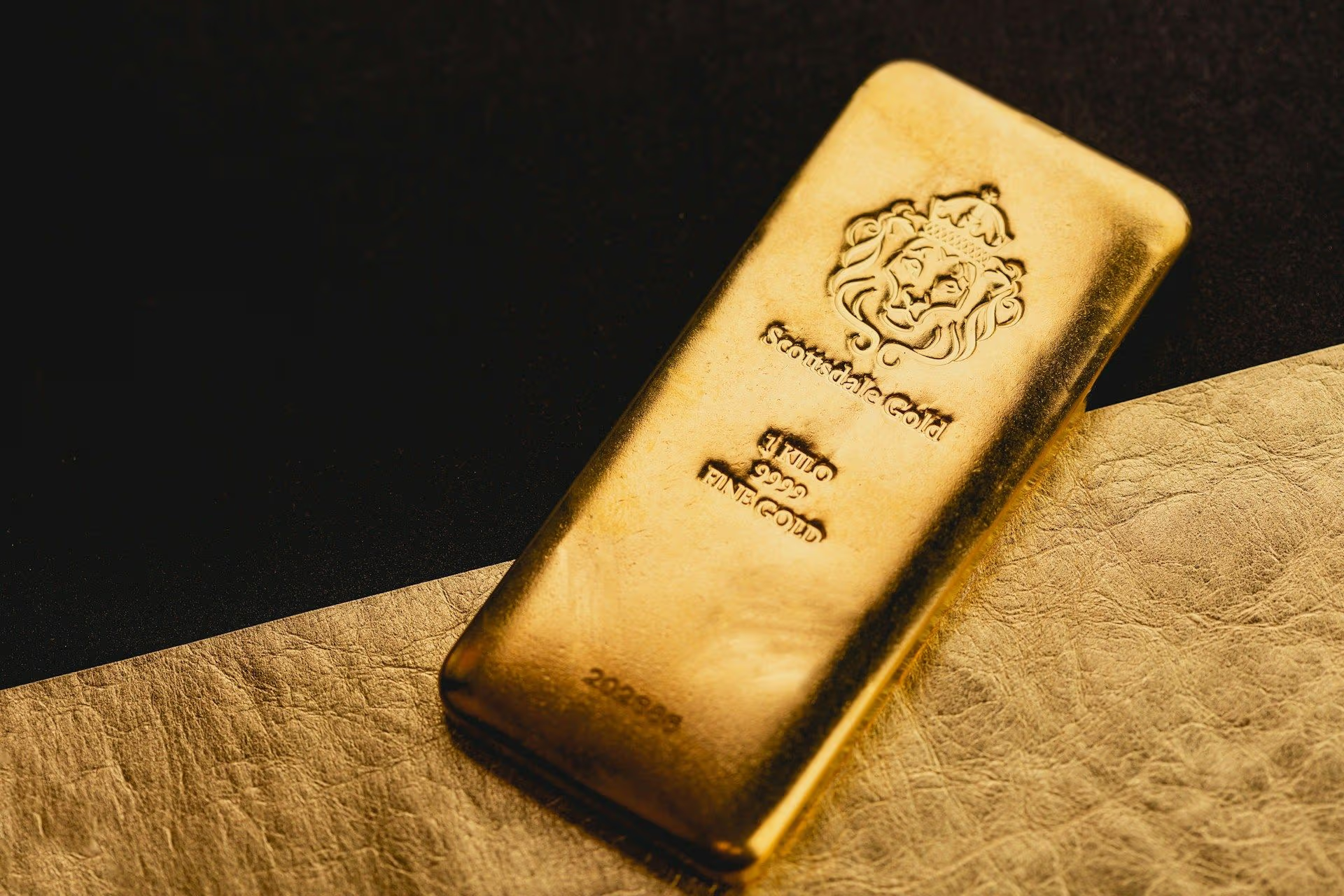PAXG, XAUT News: Gold-Linked Cryptocurrencies Retreat From Records Amid Stock Market Crash
Gold-Backed Cryptocurrencies Retreat From All-Time Highs Amid Stock Market Crash
The precious metal initially rallied after Trump announced retaliatory tariffs, but then also came under pressure from a broader sell-off in markets.
Author: Francisco Rodriguez | Edited by: Sheldon Rebeck April 4, 2025, 3:44 PM

Key facts:
- Gold falls after hitting record as markets react to Trump's retaliatory tariffs
- Global stocks tumbled on Thursday, prompting investors to sell the precious metal to raise cash.
- Central banks significantly increased their gold holdings in February, especially Poland and China.
Gold-backed cryptocurrencies such as Paxos Gold (PAXG) and Tether Gold (XAUT) retreated from record highs on Friday amid a global sell-off in financial assets that wiped $2.5 trillion off U.S. stocks in a single day after U.S. President Donald Trump announced his retaliatory tariffs.
Tokens backed by physical gold and tracking its value initially surged as investors sought a safe haven from tariff-induced uncertainty. Gold is traditionally seen as a safe haven, but severe losses in stock markets often force investors to sell safer assets to cover margin calls and lock in losses.
PAXG hit an all-time high of $3,191, while XAUT followed closely behind at $3,190, surpassing spot gold’s peak of $3,167. However, the initial gains were short-lived, with PAXG falling to $3,074 and XAUT to $3,064, mirroring gold’s pullback to $3,038 an ounce.
The tariffs announced Wednesday spooked markets with their scale and uncertain targets. Investors, already nervous about a volatile global outlook, reacted quickly. On Thursday, the S&P 500 posted one of its sharpest drops since the COVID panic of 2020, and the Nasdaq 100 posted its biggest single-day loss in history, according to Kobeissi’s letter. The rout continued into a second day, with the MSCI World Index falling 4.3% on Friday after losing 3.7% on Thursday.
Still, gold-backed tokens remain 17% higher than they were at the start of the year. The gains were fueled by the Federal Reserve’s rate cuts, robust demand from Asia, and a wave of central bank buying at the start of the year. Central banks reported net gold purchases of 24 metric tons in February, according to the World Gold Council.
Poland topped the list, adding 29 tonnes to boost its reserves to 480 tonnes, now accounting for 20% of its foreign exchange assets. China, Türkiye, Jordan and Qatar also increased their holdings.



